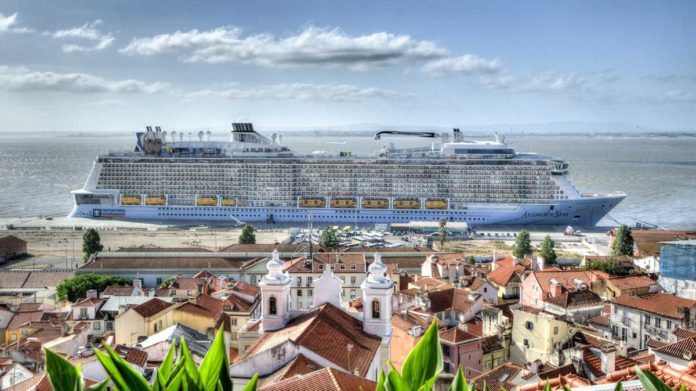Putting in half a month cruising the oceans on an extravagance liner is a thought that interests to a developing number of individuals, especially in Asian nations. Be that as it may, cruise ships don’t simply sail from port to port: as veritable drifting lodgings pleasing a few hundred travelers, they utilize a lot of vitality for heating, electricity, cooling and different parts of life on board.
To make them more eco-friendly, EPFL scientists now came up with a solution. They have developed a system based on fuel cells to reduce the carbon footprint and energy consumption of cruise ships, which are increasingly popular among vacation goers around the world.
Francesco Baldi, a researcher in EPFL’s Industrial Process and Energy Systems Engineering Group (IPESE) said, “It’s easier to reduce the energy consumption of a merchant ship because almost all of the energy is used for propulsion, unlike a cruise ship, which has various energy demands. My work focused on reducing CO2 emissions, initially by optimizing each of the ship’s systems and the design of the boat itself, to improve efficiency.”
As expected, the system produced a potential 6–10% reduction in CO2 emissions for a diesel-powered cruise ship.
Still, scientists did not find it enough. They then come in collaboration with Aalto University in Finland and considered alternatives to diesel engines. They looked at using fuel cells on a ship.
According to Baldi, You need to store enough energy on board without taking up too much space. Hydrogen fuel cells are not suitable, because storing enough energy to travel long distances would take up a huge amount of space – around one-third of the ship’s capacity – which is not realistic for a cruise ship.
Despite the fact that they require high temperatures to work and take up to 20 hours to turn on, solid oxide fuel cells (SOFC) end up being a solid match for boats. Everyone of that was required was to discover a utilization for the surplus vitality coming about because of having them in consistent use, which is fundamental surrendered the long begin times.
This is where Baldi stepped in: his idea was to use a system developed at EPFL to transform unused energy into hydrogen, which is then stored. The resulting fuel cells, customized for ships, could thus generate either electricity to be consumed on board or hydrogen to be stored for later use. This concept is particularly well suited to cruise ships.
One of the upsides of fuel cells is that they just deliver CO2 and water, not at all like a Diesel motor which additionally creates different poisons, for example, nitrogen oxides and particulate matter. A fuel cell produces control however a substance response.
This makes them significantly more natural cordial than fossil fuels – and furthermore progressively productive: the power modules created at EPFL have accomplished 75% effectiveness versus under half for even the most proficient diesel motor.
Baldi said, “The only downside is that the fuel cells cost ten times as much to produce as a traditional engine. But prices will fall if demand increases. Also, the long-term cost is only 20–30% higher than that of a traditional engine, and opting for this cleaner type of fuel will enhance the image of the ships’ operators.”
“In the absence of regulations in this area, I can see the potential for Europe, where most cruise liners are built, to take on part of the cost in order to incentivize equipping ships with fuel cells. “This approach, which works for solar panels, could help cruise ships sharply cut their pollution in the future.”
